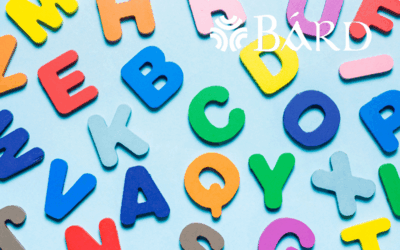As software products, platforms, and digital services reach global audiences at a faster rate than ever, content teams face a new challenge: how do you write documentation that resonates everyone, with everyone.
Fostering inclusivity in documentation isn’t just about accessibility or tone, it’s about cultural awareness, technical adaptability, and scalability. Within this guide, we’ll explore how to write content that travels well across borders, languages, and cultures while maintaining all the key characteristics of good documentation, clarity, usability, and empathy.
Whether you’re preparing for localisation or simply aiming to reach more people effectively, these practices will help you future proof your documentation.
Why global readability is so important
Your product may be global, but if your documentation isn’t at that point, you’re leaving your users behind.
Poorly adapted content can result in an increase of:
- Misunderstood instructions
- Support tickets
- Lower user satisfaction
- Missed international opportunities
Inclusive, localisation adapted documentation shows respect for all your users and enables much smoother onboarding across regions. It’
Inclusive, localization-ready documentation shows respect for all users and enables smoother onboarding across regions. It’s not just the right thing to do—it’s also smart business.
6 key practices for writing culturally inclusive, localization-friendly content
1. Avoid idioms, jargon, and cultural references
❌ “This feature is a slam dunk for power users.”
✅ “This feature is ideal for experienced users.”
Idioms and sports metaphors can confuse readers outside your native culture. The same applies to pop culture references, local sayings, or humour. Instead, use literal, globally recognizable language.
Tip: Replace metaphors with straightforward, action-oriented phrasing.
2. Use universal icons and symbols
Icons that are intuitive in one culture can be confusing—or even offensive—in another. For example:
- A checkmark ✅ may mean “correct” in one region but “incorrect” elsewhere.
- A mailbox 📫 may not be a familiar symbol outside North America.
Best Practice: Use text labels alongside icons when possible, and avoid culturally specific gestures (e.g., thumbs up 👍).
3. Write with localization in mind
Localization isn’t just translation—it’s cultural adaptation. Make your content easy to translate by:
- Using simple, declarative sentences
- Avoiding puns or wordplay
- Keeping technical terms consistent
- Leaving space in your UI or docs layout for text expansion (some languages take 30%+ more space)
Pro Tip: Consider using tools like XLIFF, Translation Memory, and terminology glossaries to standardize localization across teams.
4. Use inclusive formatting (dates, times, units, etc.)
❌ 05/07/2025 — Is that May 7th or July 5th?
Avoid ambiguity by using ISO formats (e.g., YYYY-MM-DD), and specify time zones when needed.
Also:
- Use metric units with imperial equivalents if needed.
- Avoid region-specific keyboard shortcuts or system paths unless localizing.
Example:
✅ “Enter the file path (e.g., C:\Program Files on Windows or /usr/local on macOS).”
5. Design for readability across languages
Different languages read left-to-right (LTR) or right-to-left (RTL). Make sure your layout can adapt.
Also:
- Choose fonts that support international characters and diacritics.
- Avoid embedding text in images—it makes translation harder and less accessible.
Bonus: If you’re building documentation with tools like MadCap Flare, DITA, or structured Markdown, use localization-friendly outputs like XML or XLIFF.
6. Test your content with real users from other regions
The best way to ensure global inclusivity? Ask your audience.
- Conduct usability testing with international users
- Gather feedback from regional support teams
- Partner with native-language reviewers during localization
Localization isn’t a one-time task—it’s a feedback loop. Stay open to refining your documentation as new markets and user needs emerge.
Inclusive writing is good writing
Writing for a global audience isn’t just about technical accuracy—it’s about empathy.
By crafting documentation with clear, culturally neutral, and localization-ready language, you’re not only expanding your reach—you’re creating a better experience for everyone.
This mindset shift turns documentation from a maintenance task into a strategic asset for growth and customer satisfaction.
Final thoughts
Inclusive documentation isn’t about being “politically correct”—it’s about being practically effective.
As more businesses scale internationally, your content must do the same. By removing cultural bias, preparing for translation, and structuring your docs with global users in mind, you turn information into a competitive advantage.
Documentation is not just a support tool—it’s part of your product. And global products require global-ready writing.
Looking to internationalize your content? We specialize in writing scalable, localization-ready documentation for global software teams. Let’s talk.



